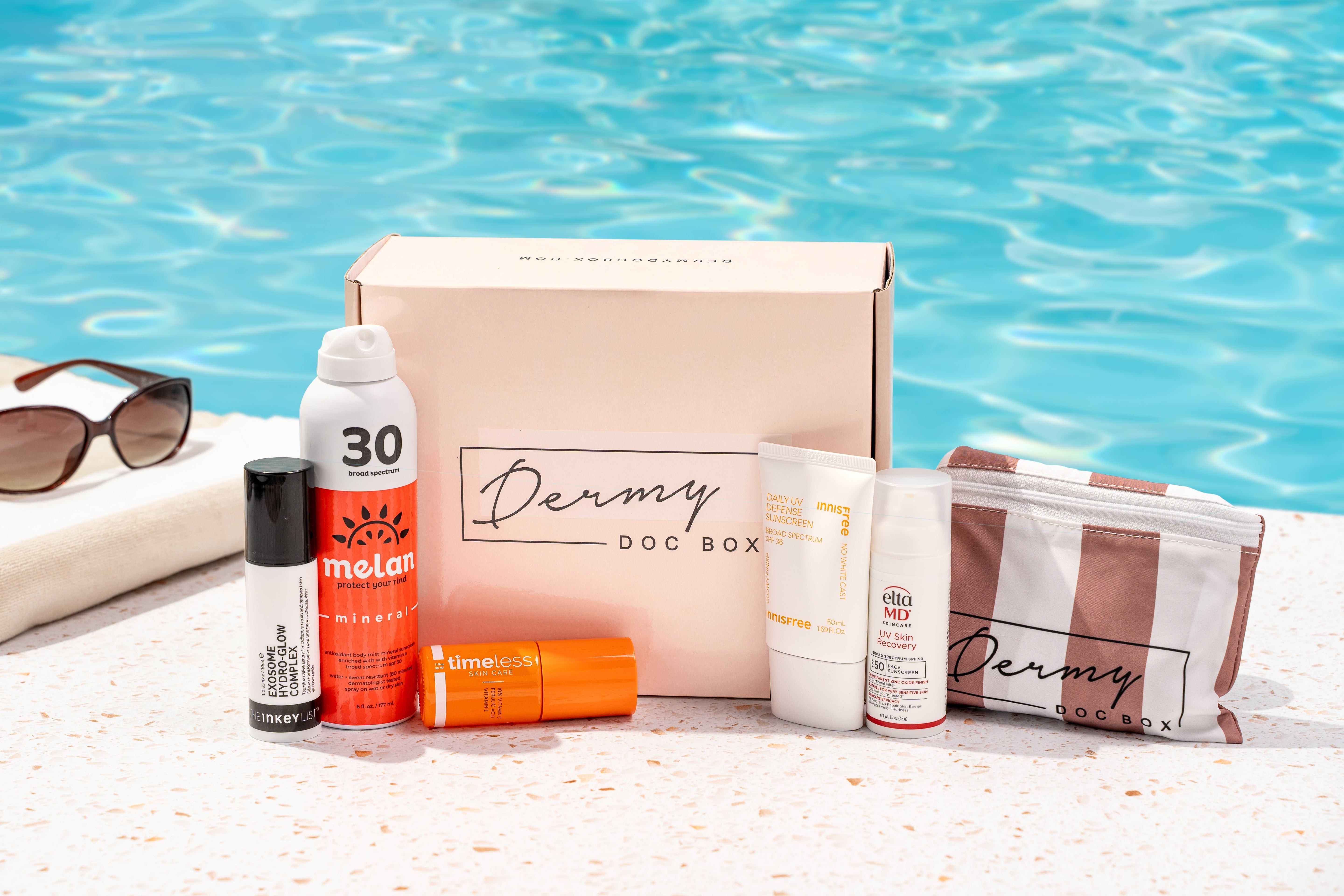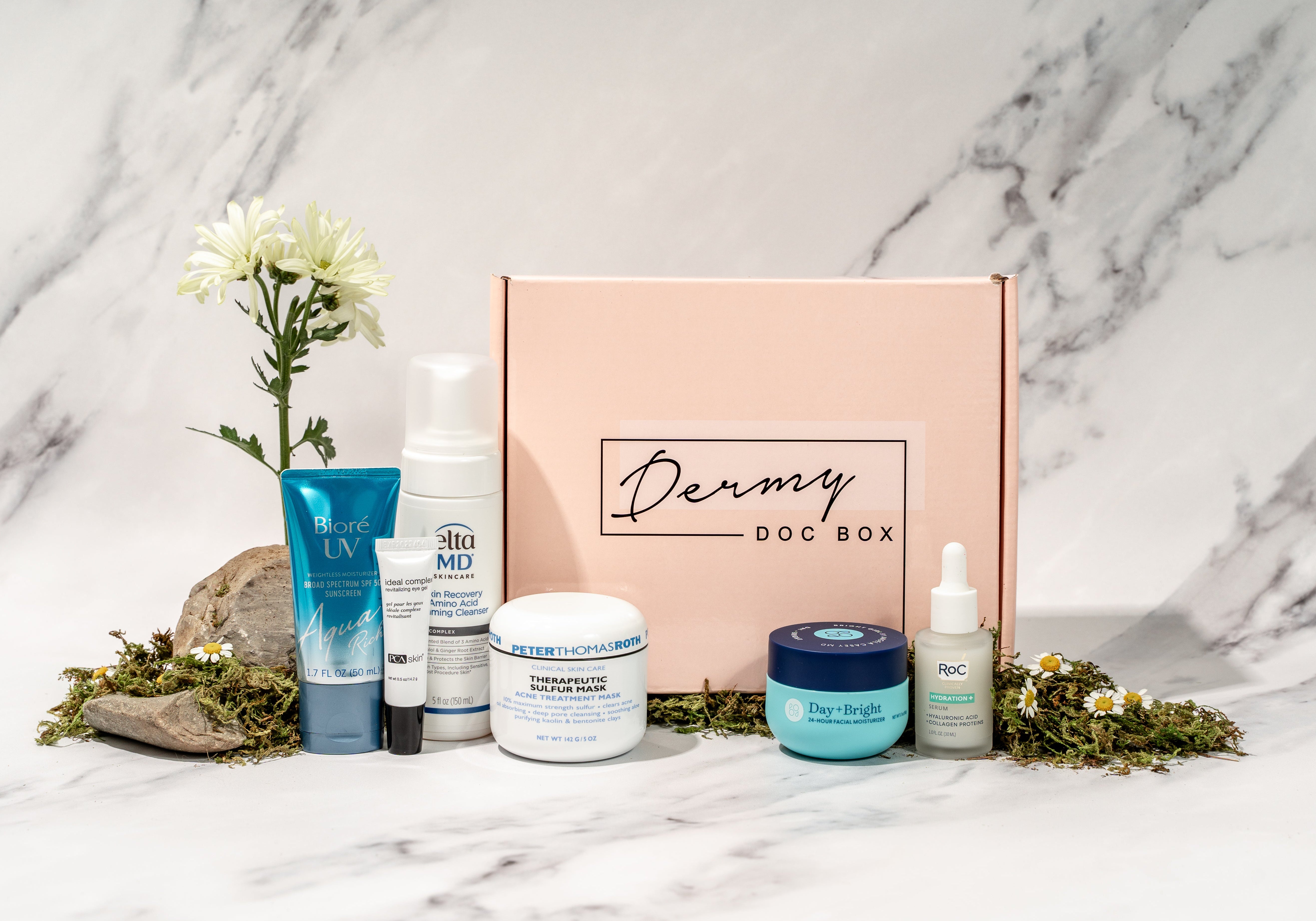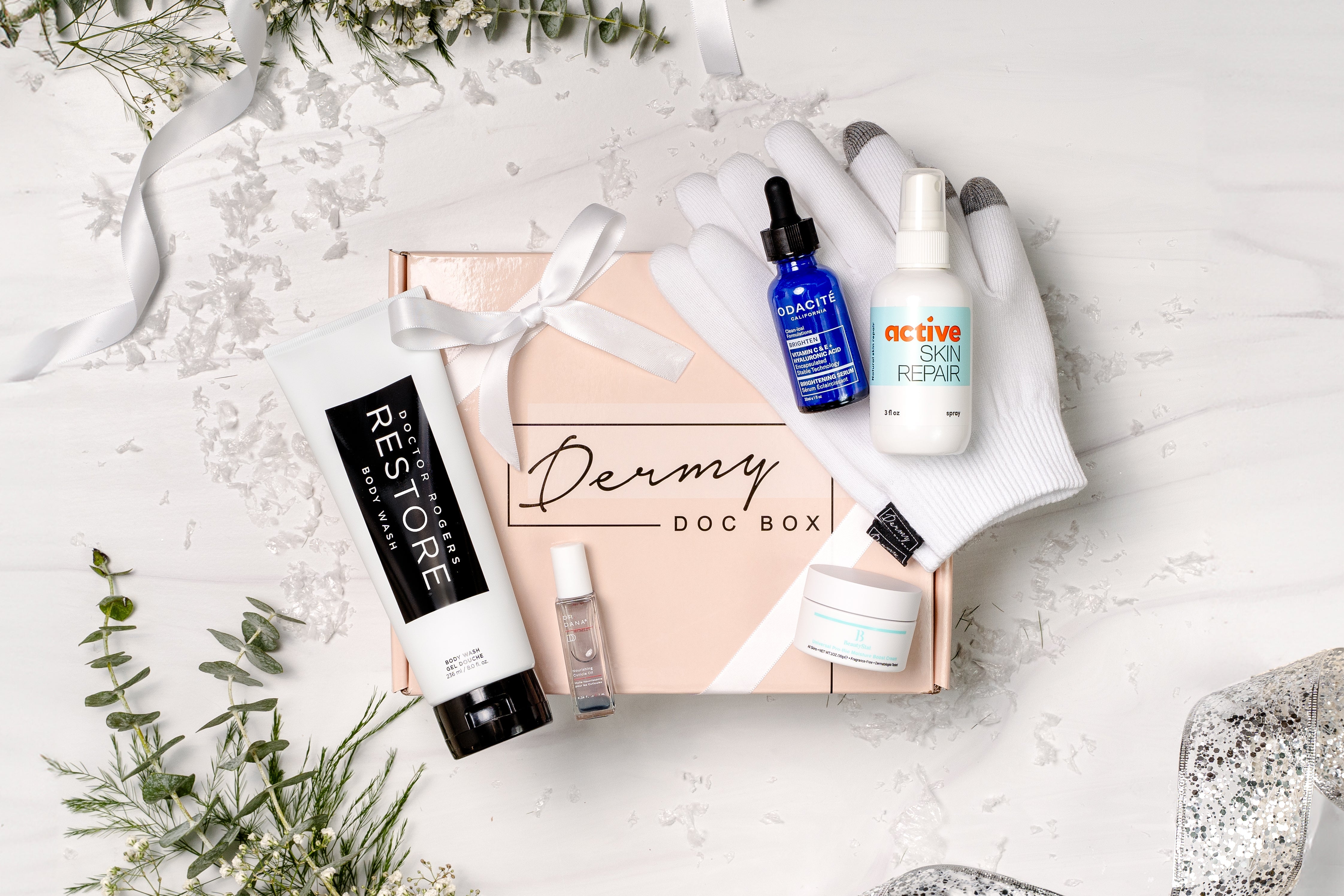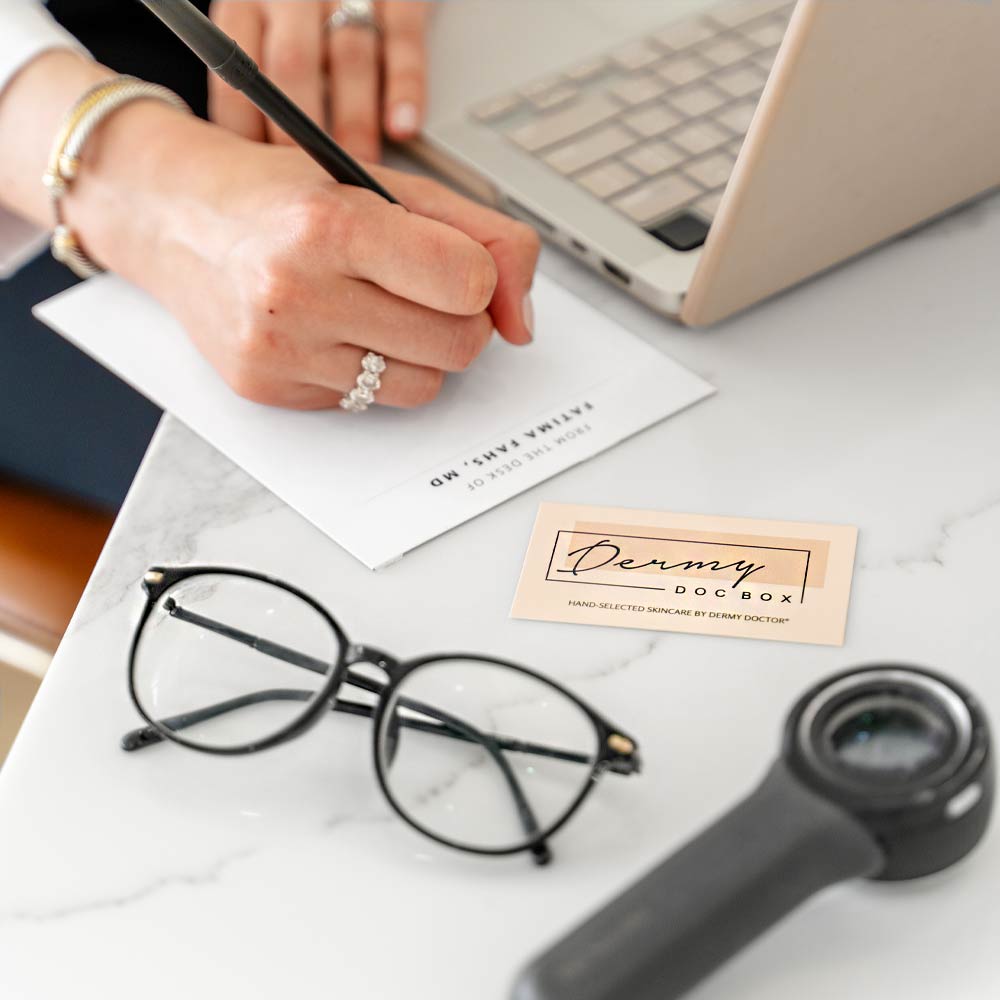Acne is the most common skin condition in the United States, yet most patients I come across do not understand the causes or how to treat acne.
In essence, acne can appear as one or more of the following:
- Blackheads
- Whiteheads
- Pimples
- Acne cysts or nodules (deep, painful breakouts)
While some consider acne a right of passage to becoming an adult, it is certainly not something you have to live with. Thanks to decades of research and skin care treatments, everyone has an opportunity to achieve clearer skin.
How Does Acne Form?
Acne forms when the pores in your skin get clogged, and the type of acne you get depends on what is clogging your pores. While most people think that acne is a skin condition that only affects teenagers, it is actually very common in adults as well.
However, acne does typically start to form around the teenage years for one reason: hormones. During puberty, hormones called androgens actually increase the size of the skin’s oil glands. With that, the glands start making more oil that can clog pores.
Outside of oil, a build-up of dead skin cells or growth of acne-causing bacteria can also clog your pores.
Still, people can get acne at nearly any age. Specifically, acne is a growing problem for women over the age of 25. Why does adult female acne happen? To put it simply, androgens (like testosterone) act on our oil-producing (sebaceous) glands and rev up oil production resulting in clogged pores, inflammation, and promotion of acne-causing bacteria.
And yes, it’s normal for females to have fluctuating levels of testosterone based on where they are in their menstrual cycle. This can also change during times of stress, certain medications, diet, etc.
Outside of naturally occurring causes, there are several lifestyle choices that can cause or worsen acne. Some of these include:
- Nicotine/Cigarettes
- Stress
- Too little sleep
- Using oily makeup and skin care products
Lastly, your family history can play a big role if one of your close blood relatives has acne. People who have a genetic predisposition to acne are more likely to develop adult acne. (Source: American Association of Dermatology Association)
What are the different types of acne?
I’m sure everyone is aware of some of the words that get used to describe acne. Words like pimples, blemishes, whiteheads, or blackheads are often thrown around.
To simplify, let’s focus on grouping them into the three main types of acne.
Comedonal (Clogged Pore) Acne
Comedonal acne is the most common type I see in patients and occurs when your skin pores are clogged with too much oil, skin cell production, or bacteria. It can also occur during hormonal changes in teens or older women.
With comedonal acne, you will most commonly see whiteheads (closed comedones) or blackheads (open comedones).
Inflammatory Acne
Inflammatory acne is the medical name for pimples, and there are two types of pimples that are most commonly seen.
Papules are small red bumps that form on your skin when excess oil or dead skin block a pore and mix with bacteria found on your skin. The contents of this blocked pore end up spilling out, with the bacteria escaping to surrounding skin areas.
Pustules are small bulging bumps on your skin that have a white center and red, inflamed skin surrounding them. Pustules are most commonly found in clusters on the face, back, or chest. These are most commonly caused by a blocked pore becoming infected, however, they do sometimes occur with hormonal changes.
Pustules and papules are similar, except pustules have a yellowish fluid known as pus.
Nodulocystic Acne
Nodulocystic acne is a severe, painful form of acne that presents as larger, under-the-skin bumps that can be scarring. These are most commonly found on your face, back, chest, and buttocks.
Nodules (or nodular acne) consist of red or flesh-colored bumps that sit deep beneath the skin’s surface. These occur when a clogged pore becomes inflamed.
Cysts are similar to nodules except for the fact they can be larger and filled with pus. The pus makes cysts much softer than nodules, to the point where they can burst and affect the surrounding skin.
How is acne treated?
I’ve met so many patients over the years who just feel like nothing will help with their acne. The truth is that with the right treatment and skincare routine, almost everyone can see clearer skin.
Unfortunately, acne treatment is not a one-size-fits-all approach. Even if you are experiencing the same type of acne as someone else, your treatment could be vastly different.
Some of the factors that help determine your specific treatment include:
- What type of acne you have
- Where the acne appears on your skin (body acne, face acne, etc.)
- What treatments you’ve already tried
- When the breakouts started
- Your age
- Whether the acne has left you with any dark spots or scarring
While you should seek advice and recommendations from a board-certified dermatologist for your specific conditions, treatment often follows these guidelines.
Whiteheads, blackheads, and smaller pimples:
These breakouts typically require you to apply acne medication directly to your skin. Your treatment plan will most likely include one of the following:
- Retinoids
- Benzoyl peroxide
- Salicylic acid
- Azelaic acid
- Topical antibiotics

Nodulocystic Acne: For deep, painful acne that leaves permanent scarring, the right treatment can help clear your skin and prevent new scars. Treatment for this may include:
- Prescription medication that you apply to your skin
- Topical antibiotics or short courses of oral antibiotics
- Hormonal therapy (birth control, spironolactone)
- Isotretinoin
The most important aspect of an acne treatment plan is following it exactly as prescribed. Follow-up appointments are also vital in making sure your treatment plan is as effective as possible. I always counsel my patients that true results take time and lots of patience.
In some cases, a little extra help is needed to get the best results. Your dermatologist may recommend laser or light therapy, a corticosteroid injection, or even a diet change in addition to the above.
My Favorite Acne Products
Let’s face it, not everyone has the luxury of seeing a dermatologist in person. Here are some of my favorite acne-fighting products that you can find over the counter.
Gentle enough for everyday use and strong enough to combat the peskiest pimples, PanOxyl Acne Creamy Wash contains 4% benzoyl peroxide to clear acne at lightning speed! Recommended by dermatologists, this daily control wash cleans and unclogs pores to clear existing breakouts. It can also help to prevent new blemishes from forming when used as part of a daily acne treatment routine. The creamy formula is balanced with emollients for a more gentle & hydrating daily cleanse.

SLMD’s Salicylic Acid Body Spray
An acne-fighting all-over body spray formulated with maximum strength salicylic acid. Designed with a 360° sprayer to easily reach where you need to. Stops the buildup of dirt, oil, and debris that can cause acne and improves the appearance of skin imperfections. I love this type of product for on-the-go treatment, especially after a session at the gym. It’s also great for tough-to-reach areas like the back.

A derivative of vitamin A, Adapalene Gel 0.1% is a member of the retinoid ingredient family and was previously only available by prescription. Retinoids help slow down the accumulation of dead skin cells in the pores, which is one of the main contributors to breakouts. Retinoids also help prevent and improve whiteheads and blackheads because they increase cell turnover.
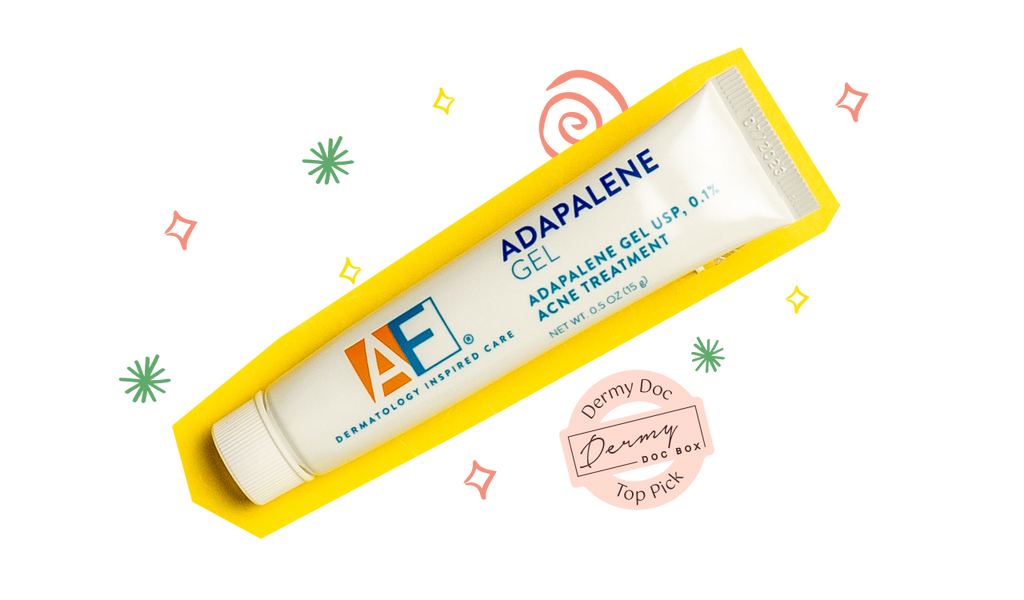
Dermatologist Tips for Preventing Acne
Whether you’re searching for teenage acne or adult acne treatments, none of it will mean much if you don’t already have a good skincare routine. While it might seem monotonous or overwhelming at first, it will soon become second nature to you if you can stick with it and truly make it a routine.
Below are some habits you can start to build into your daily routine.
- Wash your skin at least twice a day and after sweating.
- Use your fingertips to apply any medication or treatment to your skin.
- Be gentle with your skin: Avoid products that can irritate your skin like astringents, toners, and exfoliants. Dry, red skin can make acne appear much worse.
- Avoid scrubbing your skin: Harsh scrubbing can actually make acne worse.
- Rinse with lukewarm water and avoid using very hot water.
- Shampoo regularly: Oil build-up from your scalp can contribute to breakouts along your hairline and upper back!
- IMPORTANT: Let your skin heal naturally. Popping, picking at, or squeezing at your acne will cause it to take much longer to clear and can often lead to scarring.
- Keep your hands OFF your face: It seems so simple to some people, but it can be so hard to avoid for others. However, touching your face throughout the day often leads to flare-ups and new breakouts.
- Stay out of the sun and tanning beds: Tanning damages your skin. In addition, there are some acne treatments and medications that make your skin very sensitive to UV light.
- Consult a dermatologist! Whether you’re starting to become shy or embarrassed, you don’t feel like your current treatment is working or your acne is starting to leave scars, make sure to see a board-certified dermatologist.
Note to My Readers
Acne is a common skincare concern I treat patients for in my office every day, especially for teens. My ‘For Teen’ skincare box makes it easy to address skin issues and helps teens put their best face forward. We also offer a seasonal skincare subscription box with full-size products valued at over $100 for only $49.99.
Happy Reading!
XOXO,




